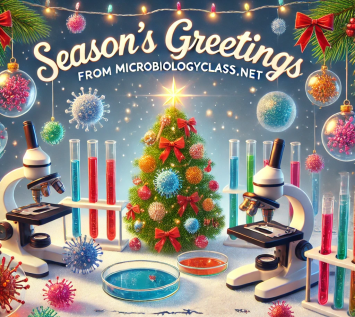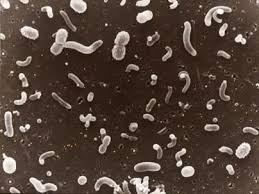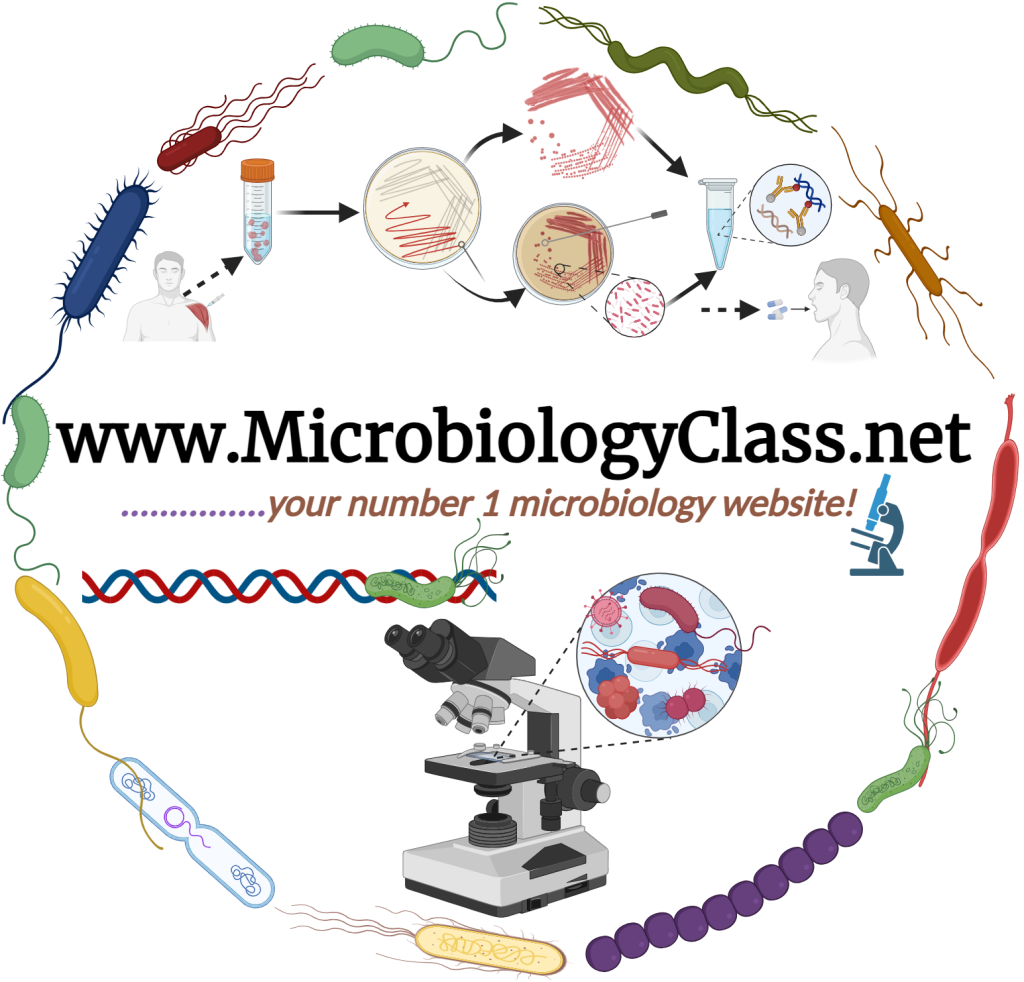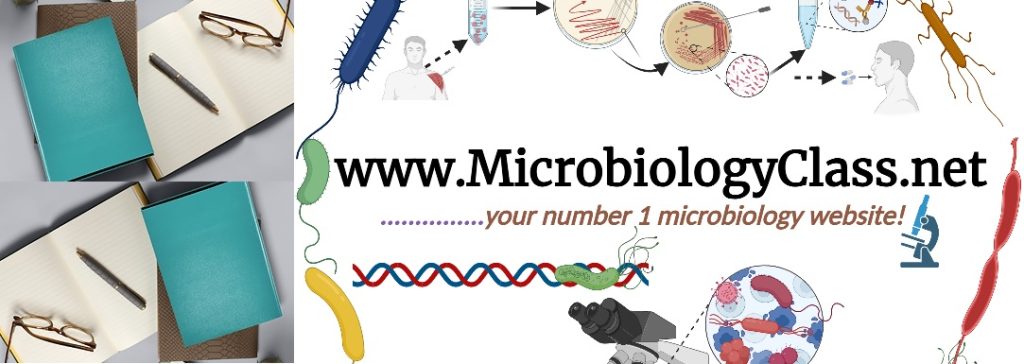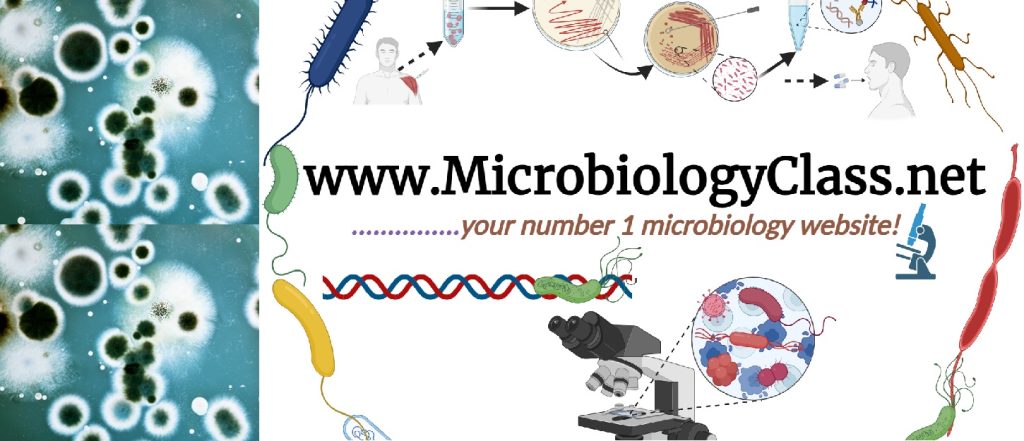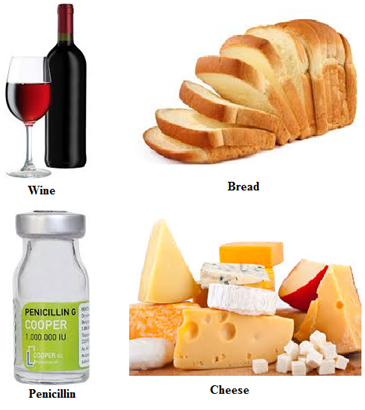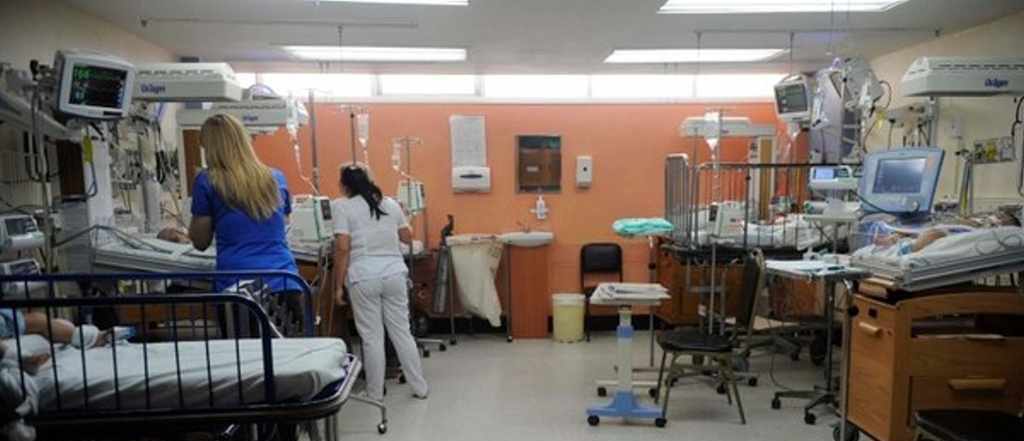LIST OF SOME BACTERIA OF MEDICAL IMPORTANCE AND THEIR FEATURES
Bacillus cereus Gram-positive rods Motile organism Forms endospores Colonies are non-haemolytic on blood agar Aerobic & facultative organism Bacillus anthracis Gram-positive (or Gram-variable) bacillus Non-motile organism Form spores, & are capsulated Aerobic & facultative anaerobe Bacillus stearothermophilus Gram-positive rods Motile organism Forms endospores Aerobic & facultative organism Has the ability to grow at temperatures of […]
LIST OF SOME BACTERIA OF MEDICAL IMPORTANCE AND THEIR FEATURES Read More »
Bacteriology